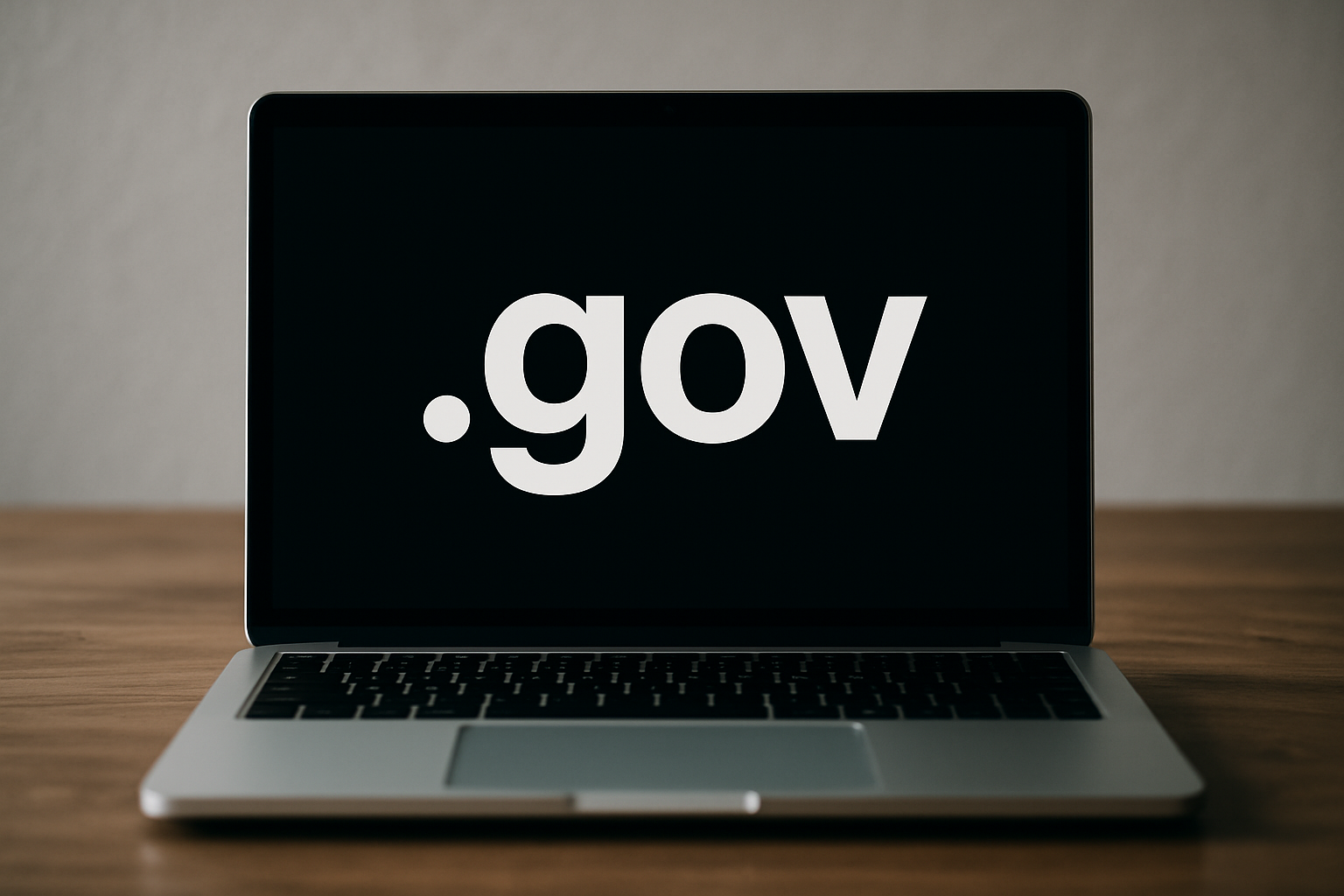Welcome to the Streamline Blog + News
Best PDF Remediation Tools: What to Use (and Why) for Accessible PDFs
Ensuring your PDFs are accessible isn’t just about checking a compliance box—it’s about making your content usable for everyone. Whether you're part of a government agency, school..
How to Remediate a PDF: A Step-by-Step Guide
Ensuring your PDFs are accessible not only broadens your audience but also helps you meet legal and organizational compliance standards. Remediating a PDF means making it usable..
Website Compliance: What Local Governments Need to Know in 2025
Between federal ADA requirements, state open meetings acts, state-specific transparency laws, WCAG standards, and the recent Department of Justice (DOJ) ruling, local governments..
Artificial Intelligence (AI): Opportunities and Risks for Districts
Goldman Sachs has said that artificial intelligence (AI) and machine learning will have 100x more of an impact than the personal computer in terms of productivity and GDP growth.
Are .gov Domains Coming to Special Districts?
Many districts are not currently using a .gov domain, or they don't realize they can get one. However, we are starting to see more and more districts setting up their website with..
Website accessibility for special districts: What is the risk, really?
By the end of 2023, more than 10% of districts were affected by a website ADA claim. This rapid increase is startling, and we want to help you stay informed and prepared for any..
What to do if you know you have accessibility issues with your website
So, you’ve tested your site for WCAG 2.1 AA compliance, and while you’re well on your way, you still have some areas of your site that aren’t quite up to modern standards. Perhaps..
Transparency trends and tips for special districts
Many states have begun adopting legislation requiring transparency, and this can feel like a chore to comply with, but there are a lot of benefits for Districts that embrace..
What is Cybersecurity? A Brief Guide for Special Districts
We're here to keep you updated (and safe!) with the latest cybersecurity information for special districts.
Stunning free images hand selected for special district websites
Images are arguably the most powerful part of your special district website. Your audience is naturally drawn to view them first, and when done right, they leave a lasting..







